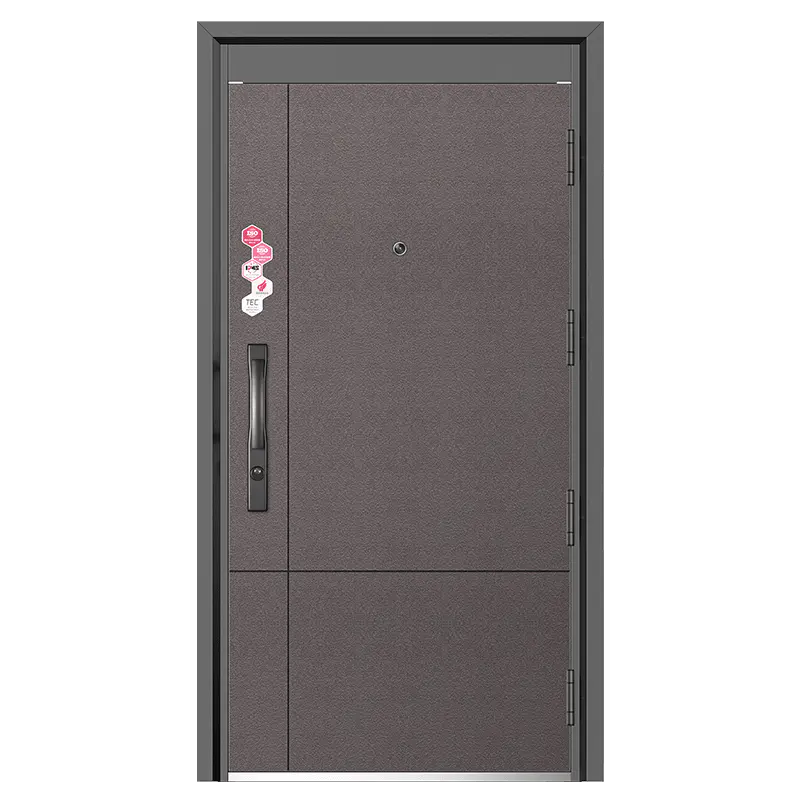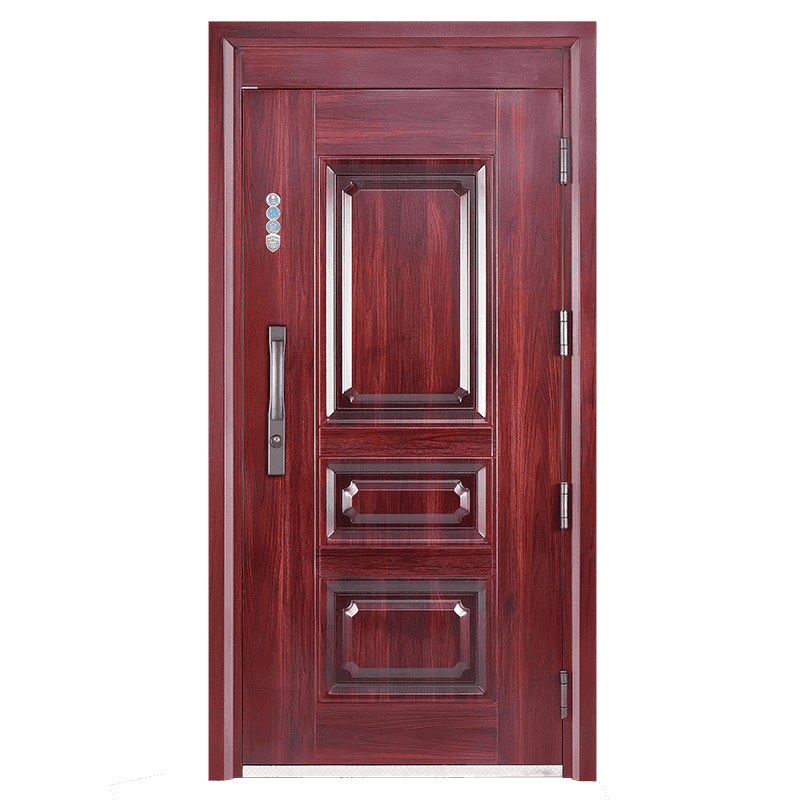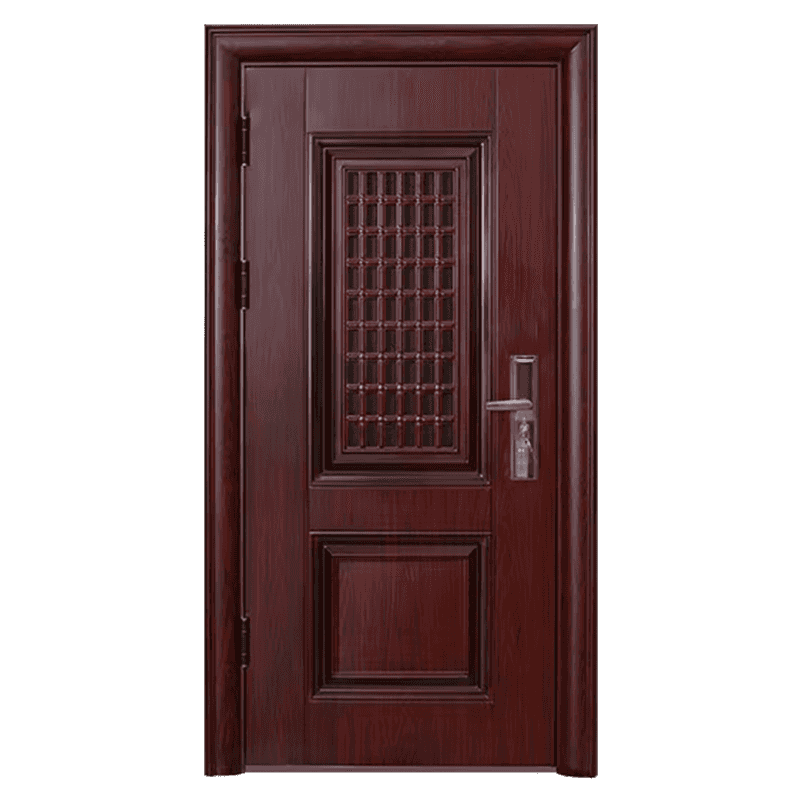How Door Panel Joint Methods Affect Overall Spliced Door Strength
Oct 10, 2025
Importance of Panel Joint Design in Spliced Doors
The structural integrity of a spliced door largely depends on the method used to join its panels. The joint design affects how the door handles stress, load, and repeated usage. Inadequate or improperly executed joints can cause warping, sagging, or even structural failure over time. Understanding how different splicing techniques impact overall strength is essential for manufacturers, designers, and installers seeking to ensure durability and reliability.

Common Splicing Methods
- Butt Joints: Panels are joined edge-to-edge, often with adhesive or mechanical fasteners. This method is simple but may provide limited load-bearing capacity if not reinforced.
- Tongue-and-Groove Joints: One panel has a protruding tongue that fits into a groove on the adjacent panel. This joint increases surface contact, improving structural stability and resistance to bending.
- Biscuit or Dowel Joints: Wooden or composite biscuits or dowels are inserted into aligned slots to strengthen the connection. This method adds shear strength and helps distribute loads evenly.
- Spline Joints: A thin strip (spline) is inserted into grooves on adjacent panels to interlock them. Splines enhance rigidity and alignment while maintaining a clean surface appearance.
- Reinforced Mechanical Joints: Screws, brackets, or metal connectors can supplement adhesive or interlocking joints, providing additional support for heavy-duty applications.
Influence of Joint Type on Strength
- Load Distribution: The joint type determines how forces are transferred across the door. Tongue-and-groove and spline joints distribute stress over a larger area, reducing the risk of panel separation.
- Resistance to Warping: Butt joints with minimal reinforcement are more susceptible to warping under environmental changes, such as humidity or temperature fluctuations. Interlocking joints stabilize panels and maintain flatness.
- Impact Resistance: Dowels or reinforced mechanical joints increase the door’s ability to absorb shocks and impacts without compromising structural integrity.
Material Considerations
- Wood: Natural wood panels may expand or contract, so the splicing method must accommodate these changes. Tongue-and-groove or spline joints are often preferred.
- Engineered Wood or MDF: Uniform density makes these materials more predictable in load-bearing, allowing for precise joint alignment and adhesive bonding.
- Metal Panels: Welding, rivets, or bolted joints are common. The choice of splicing technique affects both strength and aesthetic appearance.
- Composite Materials: Adhesives combined with mechanical reinforcements provide both structural integrity and resistance to environmental stress.
Installation and Execution Quality
- Precision Cutting: Accurate panel edges are essential for tight-fitting joints. Poorly cut edges reduce contact area and weaken the joint.
- Adhesive Application: Uniform and sufficient adhesive coverage ensures effective load transfer and prevents gaps that could compromise strength.
- Mechanical Fasteners: Properly positioned screws, dowels, or brackets enhance joint strength without creating stress concentrations.
- Alignment: Misaligned panels can generate uneven stress, causing premature deformation or joint failure.
Testing and Quality Assurance
- Load Testing: Panels and joints can be subjected to bending, shear, and impact tests to verify structural performance.
- Environmental Testing: Exposure to humidity, temperature changes, and vibration simulates real-world conditions and evaluates joint stability.
- Inspection: Regular inspection of panel alignment, adhesive integrity, and fastener tightness ensures long-term reliability.
Selecting and Executing the Right Splicing Method
The panel splicing method is a critical determinant of the overall strength and durability of a spliced door. By selecting appropriate joint types—such as tongue-and-groove, dowels, or reinforced mechanical connections—and ensuring precise execution, manufacturers can significantly enhance door performance. Material selection, installation accuracy, and quality control practices further reinforce structural integrity. A Spliced Door with well-designed and properly executed joints can withstand stress, resist warping, and maintain long-term functionality, ensuring both safety and user satisfaction.

 English
English 中文简体
中文简体 Français
Français Español
Español عربى
عربى





